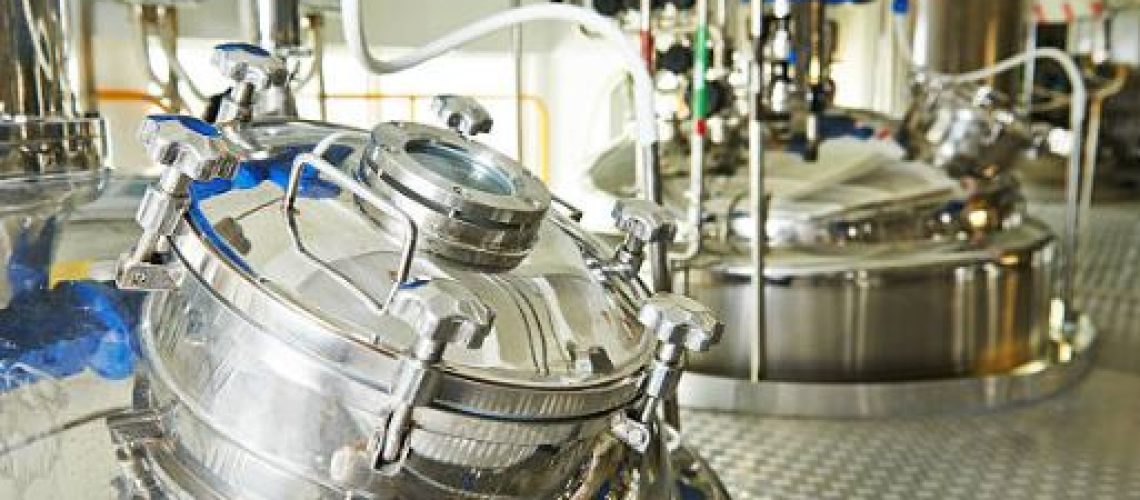The medical industry demands the highest standards of safety, precision, and reliability, given its direct impact on human health. Seals and rotors play a vital role in a multitude of medical applications, from surgical instruments and diagnostic equipment to drug delivery systems. This blog post explores the various types of seals and rotors used in the medical field, highlighting their applications and the stringent requirements they must meet.
Types of Seals and Rotors Used in Medical Applications
1. Seals in Medical Devices
- Dynamic Seals: Used in devices with moving parts such as pumps and motors, dynamic seals prevent leakage of fluids and maintain sterile conditions.
- Static Seals: Found in connections and joints, static seals ensure airtight and watertight integrity, crucial for maintaining the efficacy of medical instruments and environments.
- Custom Seals: Many medical devices require custom-designed seals to meet specific geometries and performance criteria, particularly in advanced prosthetics and robotic-assisted surgical systems.
2. Rotors in Medical Equipment
- Pump Rotors: Essential in medical pumps, which are used for administering drugs or circulating fluids in medical machines. These rotors must be precision-engineered to ensure consistent flow rates and prevent contamination.
- Centrifuge Rotors: Used in laboratory centrifuges for separating fluids, gases, or liquids based on density. These rotors are designed for high-speed operation and must withstand significant mechanical stress.
Applications of Seals and Rotors in the Medical Industry
1. Diagnostic Equipment Seals in diagnostic equipment like MRI machines and CT scanners protect sensitive electronics from environmental contaminants and help maintain the vacuum needed for their operation. Rotors in these devices are crucial for the precise movements and operations required during scans.
2. Surgical Tools and Devices Advanced surgical tools, including those used in minimally invasive surgery, rely on seals to maintain sterility and device integrity. Rotors are often used in tools requiring rotation, such as drills and saws, where precision and reliability are paramount.
3. Drug Delivery Systems In devices such as insulin pumps and infusion pumps, both seals and rotors play critical roles. Seals prevent contamination and dosage inaccuracies, while rotors regulate the mechanical movement necessary for accurate drug delivery.
Challenges in Medical Seals and Rotors
Biocompatibility: All materials used in medical seals and rotors must be biocompatible to avoid adverse reactions in patients.
Sterilization Compatibility: The ability to withstand repeated sterilization processes without degradation is crucial for medical seals.
Precision and Reliability: Given the life-sustaining nature of many medical devices, the seals and rotors used must offer exceptional precision and reliability under all operating conditions.
Innovations and Advances
To overcome these challenges, the medical industry continuously innovates in material science and engineering design:
- Advanced Polymers and Composites: Materials like PEEK and FKM are increasingly used for medical seals and rotors due to their excellent mechanical properties and resistance to harsh sterilization techniques.
- Laser Precision Manufacturing: Techniques such as laser cutting and 3D printing allow for the creation of highly precise components, tailored to the unique needs of medical applications.
Seals and rotors are indispensable components in the medical sector, ensuring the functionality and safety of critical medical equipment. As technology advances, the development of new materials and manufacturing techniques will further enhance the capabilities and reliability of these essential components, helping to meet the evolving demands of medical science and patient care.

